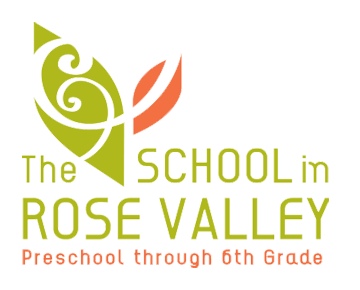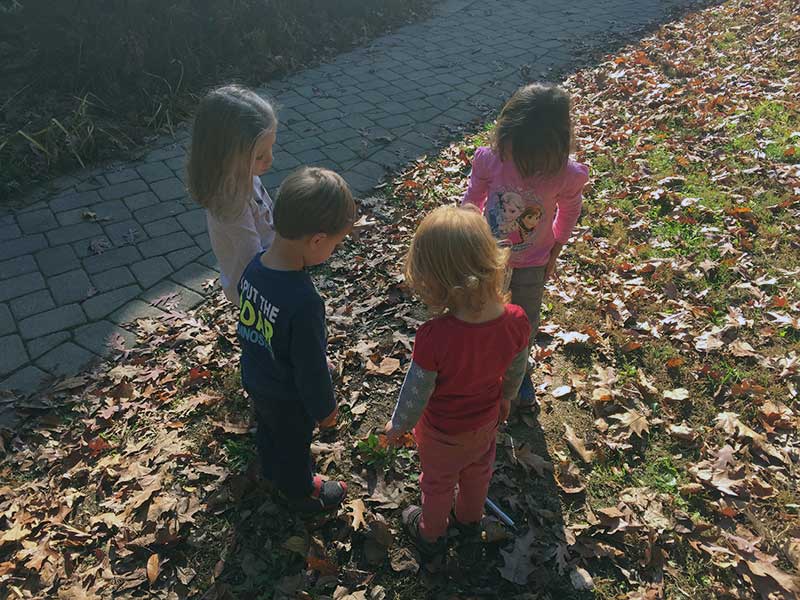Every Wednesday after Sing our Youngest Group (YG) runs to a predetermined meeting spot along the way to their classroom. Here their teachers greet them, count heads and send them along to the next locale. Meet me at the tree stump … excellent! … meet me at the horse … hey, everyone! … and so on until they have reached their destination.
Last week, I watched as students ran to their usual meeting place — halfway between the doors of our Grace building and the Wharton Esherick horse. They paused and then Elsa said, “Where did it go?” The week prior a tree surgeon had removed some stumps around campus — the remnants of dead trees, so all that remained was a flat piece of ground and some sawdust. We worked together to move a planter to the spot but as we were doing so it occurred to me that a replacement wasn’t actually needed. Those students found the spot were they supposed to go, despite the fact that there was no marker.
Jean Piaget, a Swiss clinical psychologist known for his pioneering work in child development, posits that learning is an active, constructive process. As new information is linked to prior knowledge, people actively construct or create their own subjective understanding of reality. Think of a newborn that laughs at a game of peekaboo. At some point the infant comes to understand that there is a face behind your hands, even if she can’t see it. This idea, known as object permanence, means that objects continue to exist even when they cannot be observed (Piaget, 1964). When the YG students identified the meeting spot, as deduced from environmental clues, they constructed new knowledge.
You can see constructivist learning throughout SRV classrooms. Primary Circle students are sharing stories about the journeys they have taken in the United States, widening their understanding of the American geography. In the woodshop, students discover how different tools can be used with different kinds of woods through trial and error. Middle Circle students participated in an archaeological dig and learned about the School’s history while acquiring new skills. Oldest Group students are working to reduce paper use around campus. This idea arose from their own interests and through this experience, they will arrive at a new understanding of civic engagement.
I am so proud of our students and so happy to be witness to their “construction project.”
Rod Stanton
Head of School


